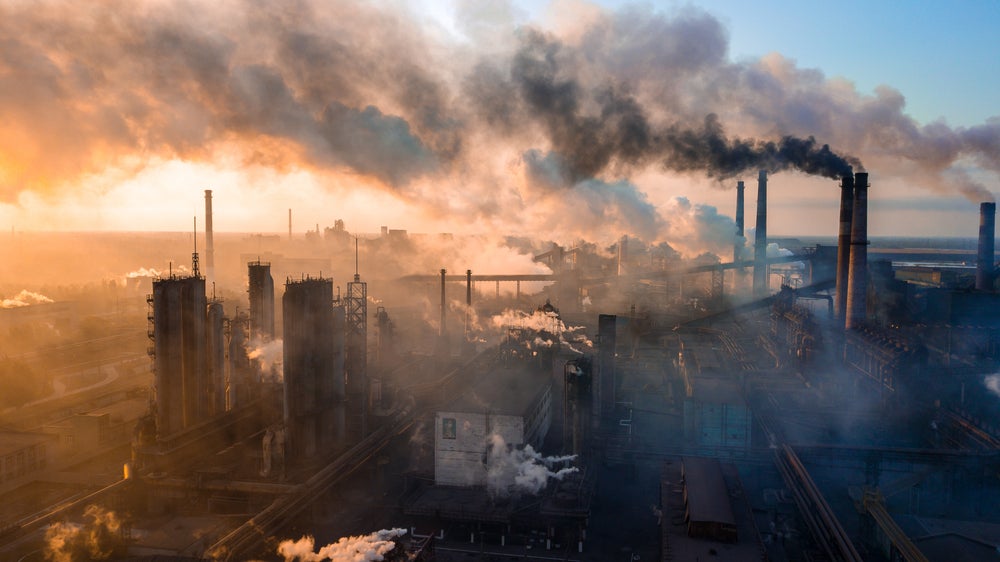Scientists at the University of Technology Sydney (UTS) have defined what share of the remaining global carbon budget should go to each of the world’s 12 major industrial sectors for a good chance of limiting temperature rise to 1.5˚C.
The Intergovernmental Panel on Climate Change (IPCC) estimates that a budget of 400 gigatonnes of CO2 emissions between 2020 and 2050 gives a 67% (or two in three) chance of limiting temperature rise to 1.5˚C. According to UTS’s One Earth Climate Model (OECM), the single largest slice of this budget should go to real estate and buildings (22%), followed by road transport (17%) and chemicals (6%).

Discover B2B Marketing That Performs
Combine business intelligence and editorial excellence to reach engaged professionals across 36 leading media platforms.
The new research’s findings and datasets are being provided open-source to encourage financial, political and real-economy actors to apply the same 1.5°C alignment. The UN-convened Net-Zero Asset Owner Alliance, representing 71 institutional investors with more than $10trn under management, is already using the results to inform the investor group’s net-zero target-setting protocol and reporting framework.

The UTS research reaffirms it is still possible to implement the Paris Agreement and limit global warming to 1.5˚C. According to the UTS scientists, the most important measures are the rapid phase-out of coal and internal combustion engines for cars. Power utility electricity suppliers have a central role to play, the report states, in providing electricity from renewable energies in sufficient quantities for energy-intensive industries and for electric cars.
“Despite the growing number of countries and companies that have pledged for net-zero targets, global annual greenhouse gas emissions have increased, which shows that setting targets is one thing, and implementing them is quite another,” said associate professor Dr Sven Teske, OECM research lead at UTS, in a press release. “The new findings of the One Earth Climate Model show that it is still possible to limit global warming to 1.5°C if we take scientific data to heart, and if immediate and bold action is taken by all actors in politics, the financial sector and the real economy.”

US Tariffs are shifting - will you react or anticipate?
Don’t let policy changes catch you off guard. Stay proactive with real-time data and expert analysis.
By GlobalData




